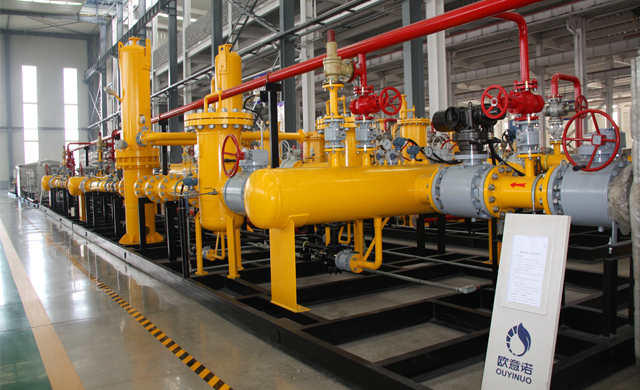
Nov . 03, 2024 05:52
Back to list
معدات التغويز
Equipment for Gasification An Overview
Gasification is a thermochemical process that converts organic or fossil-based materials into carbon monoxide, hydrogen, and carbon dioxide. This process has gained popularity for its potential to produce clean energy from a variety of feedstocks. The heart of gasification lies in the specialized equipment designed to facilitate the conversion of solid or liquid materials into syngas (synthesis gas), which can be used for power generation, liquid fuel production, or chemical synthesis.
The primary components of gasification equipment include the gasifier, feed system, gas cleanup system, and energy recovery units. Each plays a crucial role in ensuring the efficiency and effectiveness of the gasification process.
.
2. Feed System Proper feeding of the biomass or feedstock into the gasifier is essential for optimal operation. Feeding systems can vary from simple conveyor belts to complex screw feeders, depending on the feedstock's physical characteristics (such as moisture content and particle size). The feed system must maintain consistent flow rates to ensure efficient gasification.
معدات التغويز

3. Gas Cleanup System After gasification, the raw syngas produced contains impurities such as tar, particulates, and sulfur compounds. A gas cleanup system is critical for removing these contaminants to produce a cleaner syngas suitable for downstream applications. Different technologies are employed for gas cleanup, including cyclones, scrubbers, filters, and catalytic converters, depending on the specific needs of the process.
4. Energy Recovery Units Efficient gasification systems also incorporate energy recovery units to capture and utilize excess heat generated during the gasification process. Heat recovery can improve overall system efficiency and reduce operational costs. Options for energy recovery include steam generators and heat exchangers that can provide additional energy for the plant or external processes.
As the world moves towards sustainable energy solutions, gasification technology offers promising pathways for converting waste materials into valuable energy resources. The development of advanced gasification equipment continues to evolve, making the process more efficient and economically viable. This evolution not only supports energy diversification but also aligns with global goals for reducing landfill waste and minimizing carbon emissions.
In conclusion, the role of gasification equipment is paramount in the transition to cleaner energy systems. By investing in innovative technologies and optimizing gasification processes, we can harness the full potential of various feedstocks, paving the way for a more sustainable future.
Next:
Latest news
-
Safety Valve Spring-Loaded Design Overpressure ProtectionNewsJul.25,2025
-
Precision Voltage Regulator AC5 Accuracy Grade PerformanceNewsJul.25,2025
-
Natural Gas Pressure Regulating Skid Industrial Pipeline ApplicationsNewsJul.25,2025
-
Natural Gas Filter Stainless Steel Mesh Element DesignNewsJul.25,2025
-
Gas Pressure Regulator Valve Direct-Acting Spring-Loaded DesignNewsJul.25,2025
-
Decompression Equipment Multi-Stage Heat Exchange System DesignNewsJul.25,2025

